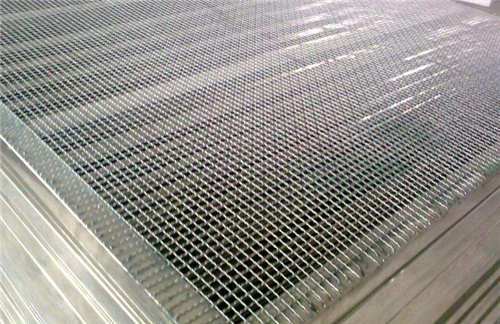Search Product
Search here for what you are looking for:
Search here for what you are looking for:
Stainless steel mesh is a carefully engineered product that undergoes a precise manufacturing process to achieve its desired properties and characteristics. Understanding the manufacturing process can provide insights into the quality and performance of stainless steel mesh. In this article, we will explore the key steps involved in the production of stainless steel mesh.
Material Selection: The manufacturing process begins with the selection of the appropriate stainless steel material. Different grades of stainless steel, such as 304, 316, or 430, may be chosen based on the desired properties and application requirements of the mesh.
Wire Drawing: The selected stainless steel wire is drawn through a series of dies to reduce its diameter and achieve the desired wire gauge. This process improves the wire's tensile strength and surface finish.
Annealing: The drawn stainless steel wire is then subjected to an annealing process. Annealing involves heating the wire to a specific temperature and then slowly cooling it to relieve internal stress and enhance its ductility. This step is crucial to ensure the wire can be easily formed and manipulated during subsequent manufacturing processes.
Mesh Weaving: The annealed stainless steel wire is fed into weaving machines to create the mesh pattern. The weaving process can be performed using various techniques, such as plain weave, twill weave, or Dutch weave, depending on the desired mesh structure and characteristics.

Inspection and Quality Control: Throughout the manufacturing process, regular inspections are conducted to ensure the quality and consistency of the stainless steel mesh. This includes checking the dimensions, mesh count, wire diameter, and surface finish of the mesh. Any defects or deviations from specifications are identified and addressed promptly to maintain the high standards of the final product.
Cleaning and Surface Treatment: After weaving, the stainless steel mesh may undergo a cleaning process to remove any residual contaminants or oils. Additionally, surface treatments such as electropolishing or coating may be applied to enhance the mesh's corrosion resistance, aesthetics, or specific functional properties.
Final Inspection and Packaging: Once the stainless steel mesh has undergone all the necessary manufacturing processes, a final inspection is conducted to verify its quality. This includes checking for uniformity, dimensional accuracy, and adherence to specifications. The mesh is then carefully packaged to protect it during transportation and storage.
By following these steps, manufacturers can produce high-quality stainless steel mesh that meets the diverse needs of various industries. The precise control of materials, wire drawing, weaving, and quality control processes ensures that the final product exhibits excellent strength, durability, corrosion resistance, and dimensional accuracy.

In conclusion, the manufacturing process of stainless steel mesh involves careful selection of materials, wire drawing, annealing, mesh weaving, inspection, cleaning, and surface treatment. Each step contributes to the quality and performance of the final product. Stainless steel mesh produced through this comprehensive process offers reliability, versatility, and longevity for a wide range of applications, from filtration to architectural and industrial uses.